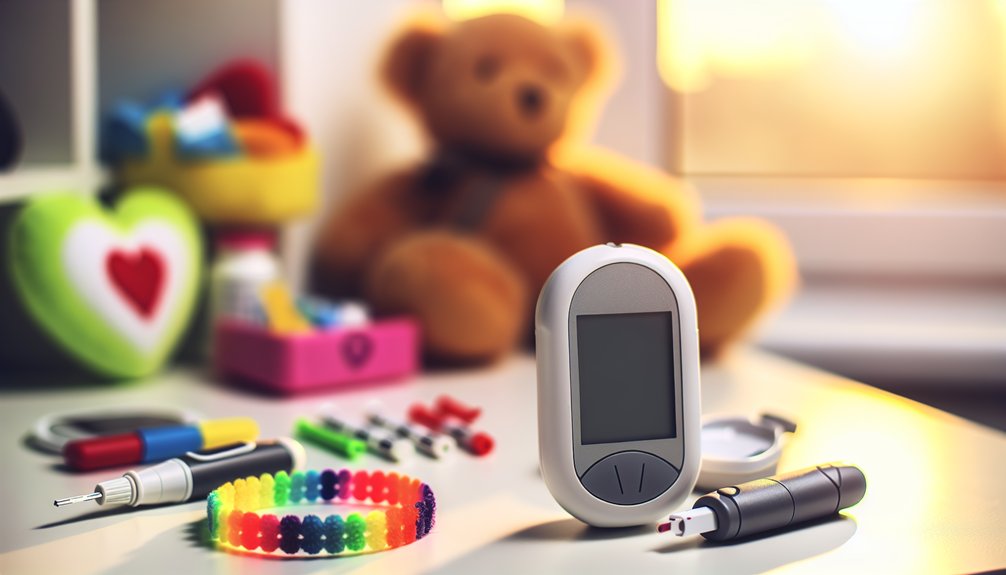Diabetes in children can feel overwhelming for families. Signs like constant thirst, fatigue, and frequent bathroom trips are common. As lives shift dramatically post-diagnosis, the challenges mount. But there is hope! Many families embrace healthier lifestyles and leash technology to manage diabetes. Support from schools, healthcare professionals, and communities is essential. These connections help create a safety net for young diabetics. With small victories, optimism flourishes, and there’s so much more to discover about managing this condition effectively.

What if a child’s life could change overnight due to a diagnosis of diabetes? That moment can feel like a whirlwind, where normalcy gives way to a new reality filled with uncertainty. In 2019, nearly 228,000 children worldwide faced this very challenge, marking a staggering increase in childhood diabetes cases. The numbers are stark, with the highest incidence occurring in children aged 5 to 9 years. With each passing year, the age group of 10 to 14 saw the most significant rise, reflecting an unsettling trend.
A child’s diabetes diagnosis can transform their world overnight, ushering in uncertainty and the challenge of adapting to a new reality.
The impact of the COVID-19 pandemic heightened these challenges. Many families found themselves traversing uncharted waters, as type 2 diabetes rates among U.S. youth surged by 62% in 2020-2021. Young lives, once carefree, were suddenly overshadowed by the need for constant monitoring and management. The reality of living with diabetes isn’t just about numbers; it’s about children struggling with fatigue, irritability, and frequent trips to the bathroom. They face symptoms like unexplained weight loss and blurred vision, all while maintaining their spirits. Additionally, the rise of obesity rates among U.S. adolescents has significantly contributed to the increasing prevalence of type 2 diabetes in youth.
For those diagnosed, the path can be intimidating. Type 1 diabetes may be more well-known, but type 2 diabetes is a growing concern, especially among minority groups. Children and teens with type 2 diabetes are at a higher risk for complications such as kidney disease and hypertension. Studies reveal that young diabetics face mental health challenges that can significantly impact their daily management routines. The stakes are high, but it’s essential to remember that diabetes management has come a long way. Families are learning to adapt, embracing healthier lifestyles and utilizing technology to aid in monitoring blood sugar levels.
In this journey, support systems are significant. Schools, healthcare providers, and community resources play a major role. Optimism shines through as families learn to traverse this new normal together, embracing each small victory along the way. The journey may be challenging, but it’s also filled with hope, resilience, and the promise of brighter days ahead.
